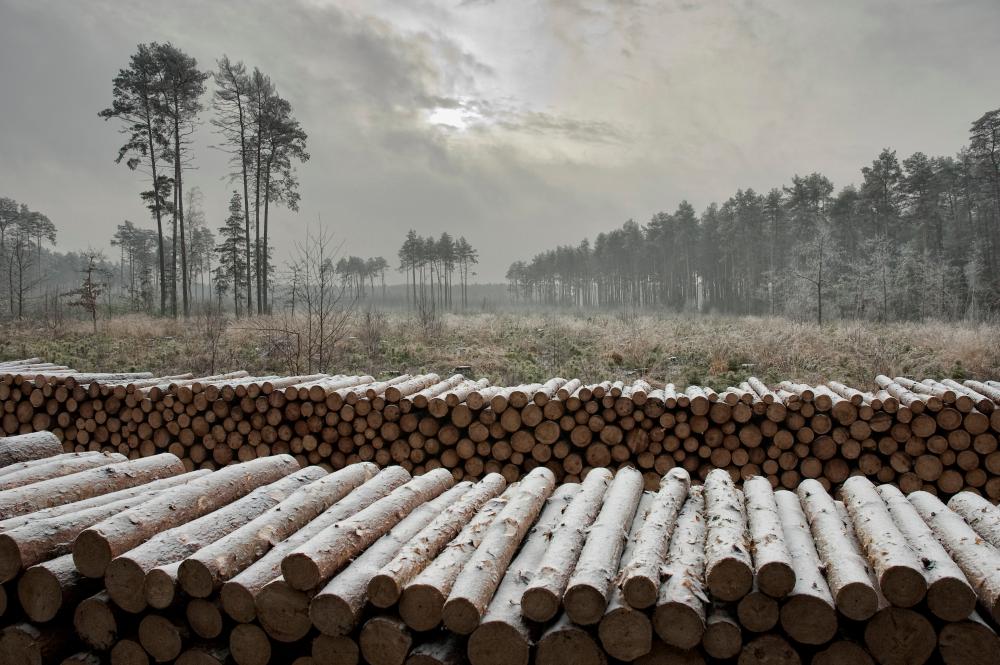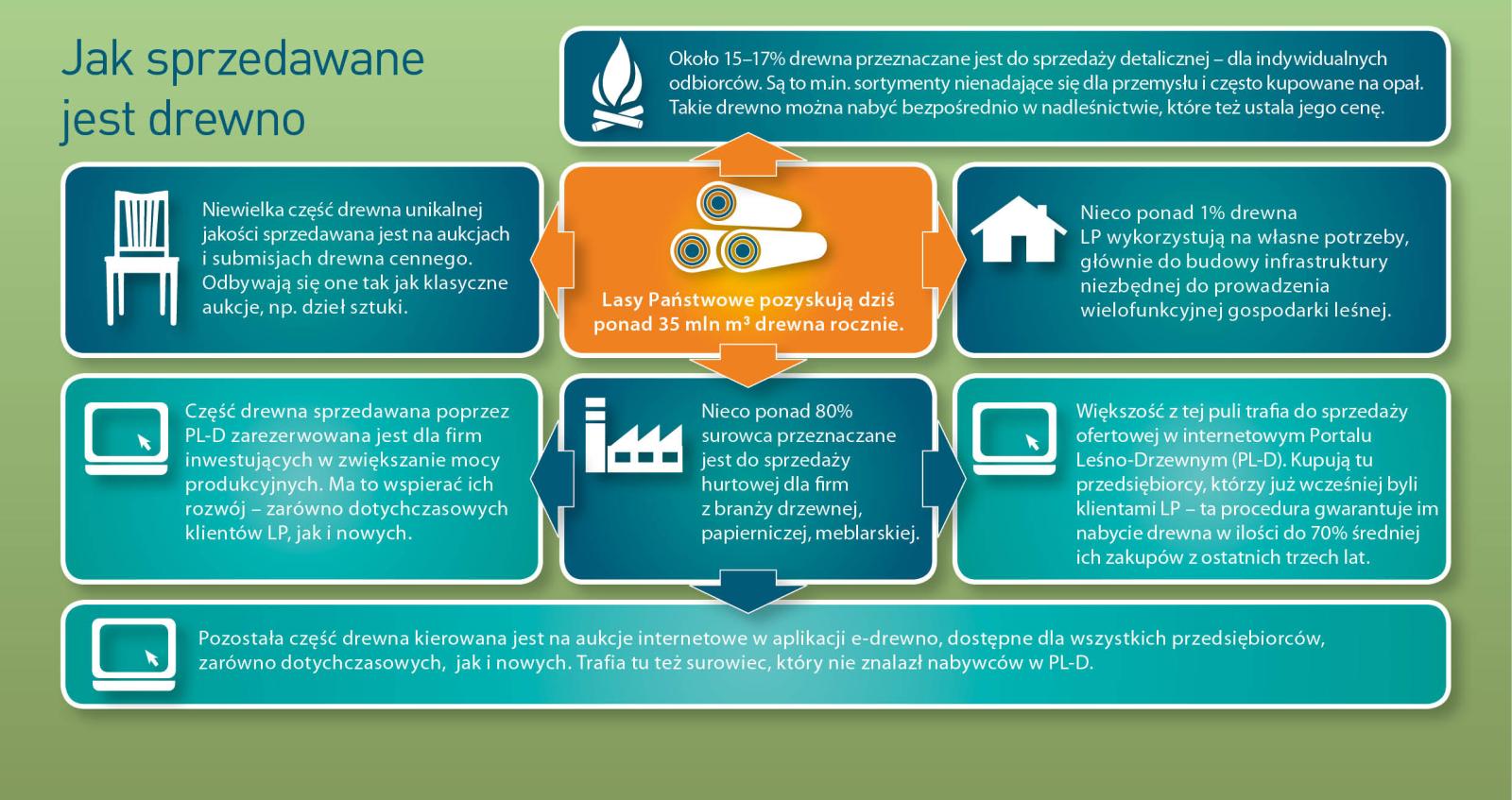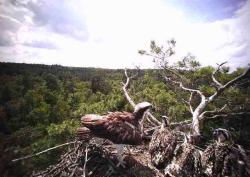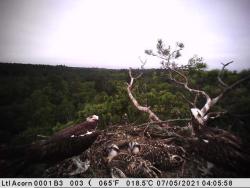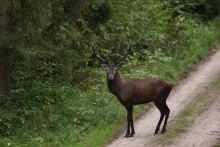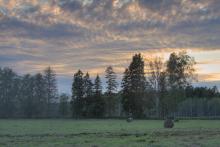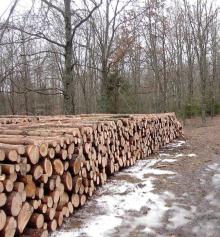 Asset Publisher
Asset Publisher
Sale conditions
Sale conditions of wood are specified by the regulation of Director – General of the Sate Forests.
Within the framework of the individual sale , the foresters try to meet the fast growing demand, because more and more people use wood in order to heat their houses. Contrary to general opinion, these are not only village people, even though they prevail among recipients. The growth of firewood demand is the result of occurrence of new housing estates built in the suburbs of large agglomerations, where houses are usually equipped in fireplace heating installations.
Firewood is not only the most ecological heat source, but also is much more attractive in respect of relation of price and electric efficiency, rather than cola, oil, gas or electric power.
In recent years, the Sate Forests increased the sale of firewood of one third – up to over 4 million cubic meters annually. Firewood is not only the most ecological heat source, but also is much more attractive in respect of relation of price and electric efficiency, rather than cola, oil, gas or electric power. Some of customers choose already prepared and cut into pieces wood, the others very willingly obtain it by themselves after arranging all details and fulfilling particular safety conditions, and after paying the fee; that concerns mainly so called "thinnings". Such a raw material is very cheap, that is why many people from village areas profit from such possibility.
 Asset Publisher
Asset Publisher
Sukces lęgowy rybołowa
Sukces lęgowy rybołowa
Z przyjemnością możemy poinformować, że na terenie Nadleśnictwa Strzałowo para rybołowów osiągnęła sukces lęgowy i trzy ,,nasze” młode rybołowy opuściły gniazdo.
Rybołów (Pandion haliaetus) jest gatunkiem objętym ochroną ścisłą i wymaga ochrony czynnej. Obecnie w Polsce jest bardzo nielicznym gatunkiem z tendencją spadkową populacji i jest jednym z trzech najrzadszych lęgowych ptaków szponiastych w Polsce.
Dzięki współpracy Nadleśnictwa Strzałowo z Komitetem Ochrony Orłów mogliśmy obserwować okres wychowu piskląt dzięki zamonotowanej fotopułapce. Dostarczyło to wielu cennych informacji o behawiorze tych pięknych ptaków. Jeszcze przed rozpoczęciem okresu lęgowego nadleśnictwo zabezpieczyło drzewo z gniazdem poprzez założenie plastikowej opaski uniemożliwiającej wspięcie drapieżników na drzewo, co zapewniło im spokojne gniazdowanie. Z końcem czerwca młode osobniki zostały zaobrączkowane przez Komitet Ochrony Orłów, ponadto zostały zmierzone i zważone, co zapewniło informacje o kondycji populacji oraz w przyszłości pozwoli zidentyfikować już dorosłego rybołowa po indywidualnym numerze założonej na nogę obrączki.
Mamy nadzieję, że młode rybołowy polubiły nasze lasy i skorzystają z gościnności w latach następnych, by złożyć już jako dorosłe osobniki własne lęgi.


